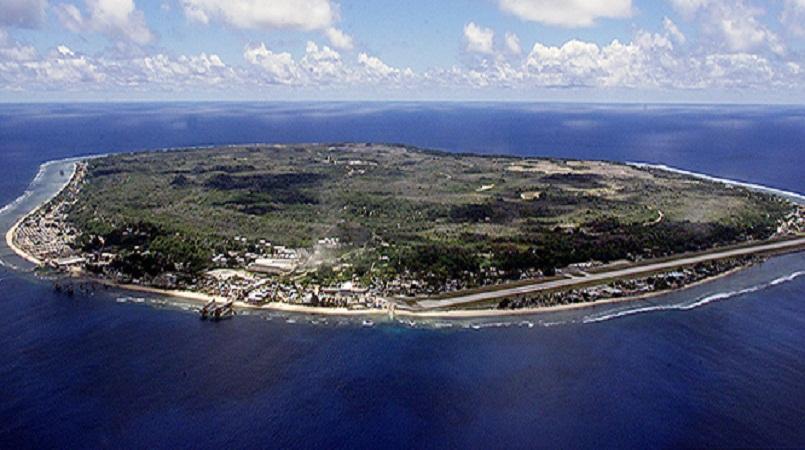
The Republic of Nauru has become the 193rd Member of WMO.
The tiny nation lies in the South Pacific and, like other low-lying small island developing states, is particularly exposed to rising sea levels and climate change.
Nauru’s meteorological service was established in May 2015, now has four staff and is part of the Ministry for National Emergency Services.
Nauru started its own weather observations and reporting on 20 December 2018. Observation instruments were provided by Finland through the Secretariat of the Pacific Regional Environment Programme (SPREP). Fiji’s meteorological service, which has provided forecast and warning services for Nauru’s public and maritime community, was responsible for training and expert support, with funds from Japan International Cooperation Agency and the UN Development Programme.
Nauru is a member of the Pacific Meteorological Council and a beneficiary of the WMO-spearheaded Climate Risk and Early Warning Systems (CREWS) initiative project Strengthening Hydro-meteorological and Early Warning Services in the Pacific.
The CREWS project seeks to strengthen resilience and more effective, people-centred early warnings through predictions provided by global and regional centres, which are made available to countries in a manner that supports their own forecasting requirements. Thus, the Regional Specialized Meteorological Center (RSMC) in Nadi, Fiji, is working to provide high-resolution predictions of flash floods and other hazards.
The vulnerability of countries such as Nauru to climate change was once again highlighted by UN Secretary-General António Guterres during an address to the Pacific Islands Forum on 13 May. He outlined two “fundamental challenges,” namely climate change and the world’s rising ocean, which threatens to submerge low-lying nations.
“The Pacific region is on the frontline of climate change,” he said. “That means you are also our important allies in the fight against it.” Mr Guterres cited projections that sea levels will rise a full metre by 2100 and warned that it may be four times as high as this in parts of the Pacific, posing “an existential threat to some island States.”
Phosphate-rich Nauru lies one degree south of the equator and to the northeast of Australia. It has a land area of just 21 square kilometres (8 square miles) and a population of 10,000.
The Government of the United States of America, in its capacity as Depositary for the WMO Convention, received an instrument of accession to the WMO Convention, which entered into force for Nauru on 16 May 2019
